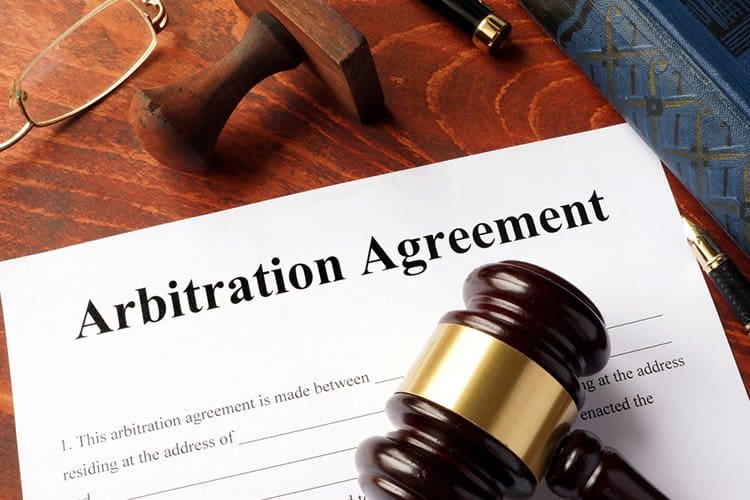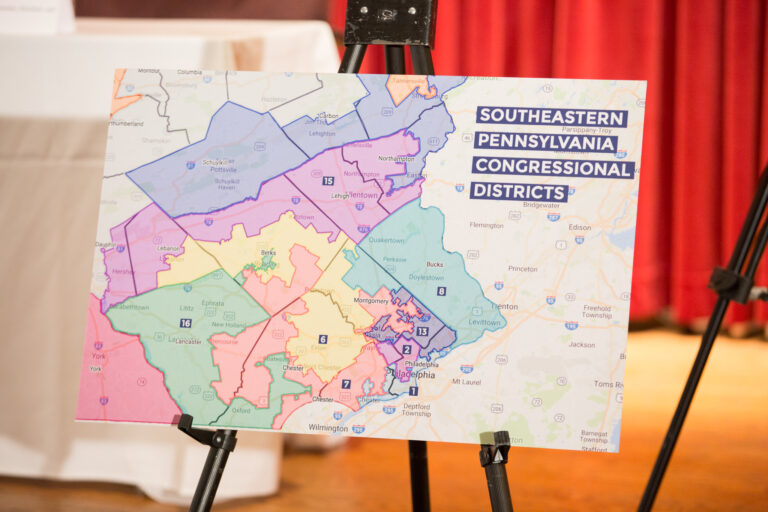
Dallas Estes is a student at Harvard Law School and a member of the Labor and Employment Lab.
If an employee is transferred out of the division she’s worked in for 10 years because of her sex, does that violate Title VII? This week, the Court answered: Probably.
Background & Legal Issue
As I described in a previous post, in 2017, the St. Louis Police Department transferred Sargent Jatonya Clayborn Muldrow out of the position she’d occupied for nearly ten years. Believing she’d been transferred because of her sex, Muldrow sued the City under Title VII. The district court granted summary judgment for the City; the Eight Circuit affirmed.
The issue? Muldrow had failed to show that her transfer had caused a “materially significant disadvantage.”
That brings us to the legal issue in this case: how should courts enforce Title VII’s bar on “discriminat[ing]” in the “terms, conditions, or privileges” of employment? Before Muldrow, the Courts of Appeals had almost universally imposed what the Supreme Court dubbed a “heightened-harm” standard, requiring something like a “serious and material change” or “significant detrimental effect” for a change in terms or conditions to be actionable. Only the D.C. Circuit had held that a transfer based on a protected characteristic, without more, was sufficient.
In Muldrow, the Supreme Court seemed to land somewhere between these standards.
Majority Opinion
Justice Kagan’s opinion for the Court — joined by all but Justices Thomas, Alito, and Kavanaugh, who each concurred in the judgment — is characteristically crisp and clear. The Court holds that employees “must show some harm from a forced transfer to prevail in a Title VII suit,” but need not show that such harm was “significant” or “serious.”
The Court begins by defining “discriminate against,” relying on Oncale (a “disadvantageous” change) and Bostock ( “differences in treatment that injure”). In short, the Court says, to discriminate is to “treat worse.” But because Title VII does not say “how much worse,” adding an “elevated threshold of harm,” such as a “significance” requirement, would be to alter the statute that Congress wrote.
After rejecting the heightened-harm requirement, Justice Kagan disposes of the City’s primary arguments — including an ejusdem generis textual argument, a reliance on Burlington Northern (applying a “material adversity” standard in the anti-retaliation context, which the Court deems inapposite), and policy objections that a lower harm threshold would result in employers and courts being “swamp[ed]” with litigation. To this final point, the Court expresses doubt that its new standard will open “the floodgates” as feared. For one, plaintiffs are required to show some harm, and the harm must touch the terms or conditions of employment. What’s more, the employer must “have acted for discriminatory reasons—‘because of’ sex or race or another protected trait.” A harm’s seriousness might, says the Court, be more or less “suggestive” of such “intentional discrimination.”
Finally, the Court remands Muldrow’s case for reconsideration under its clarified standard.
Concurring Opinions
Justices Thomas, Alito, and Kavanaugh each filed separate opinions concurring in the judgment. If one frames the question before the Court as where to draw the line between the Eighth Circuit’s “significant disadvantage” standard and the D.C. Circuit’s seeming per se rule against disparate transfers, the concurrences stake out opposite ends of that debate, with Justices Thomas and Alito siding with the Eighth Circuit, and Justice Kavanaugh siding with the D.C. Circuit. Interestingly, however, each argues that the majority’s standard is more or less aligned with their own.
Justice Thomas concurs with the Court’s conclusion that Title VII does not require a heightened showing of harm. But on his read, the Courts of Appeals — notwithstanding their use of terms like “material” and “significant”— were doing something similar to what the majority does here: requiring merely some harm, something “more than … trifling.” (He notes that Muldrow might have lost in the court below not because of a heightened-harm requirement, but due to forfeited claims and insufficient evidence.) For its part, the majority has a rejoinder: Justice Kagan notes several cases where, in her view, harm had been suffered — one employee was reassigned to work in a “wind tunnel”; another was given “only nighttime work” — but employees’ claims had failed under a “significance standard.” Such claims, she explains, should now move forward.
Justice Alito’s concurrence sounds in a similar register to Justice Thomas’s. He posits that the lower courts’ standards were all “various verbal formulations” to get at the same idea: that the terms or conditions of employment aren’t sufficiently altered unless harm has been suffered. He suggests that there is “little if any substantive difference” between the majority’s standard and previous ones, and that judges “will continue to do pretty much just what they have done for years.” Justice Kagan’s response to Justice Thomas seems to provide a rebuttal here as well, but time will tell how the lower courts apply Muldrow in practice.
Finally, Justice Kavanaugh concurs to side, instead, with the D.C. Circuit, which had held that a transfer was actionable even absent a showing of harm. He illustrates his position with an example: “Suppose that an employer says to an employee in the Columbus office: ‘We are transferring you . . . because you are black.’” “Does that violate Title VII? Of course it does.” Notably, however, Justice Kavanaugh does not define “discriminate against”; he seems to suggest that any differentiation might equate to discrimination. (Though Justice Kavanaugh says that “discrimination is harm,” this doesn’t clarify what acts might qualify as discrimination. For the majority, harm constituted part of the definition of discrimination; even accepting that “discrimination is harm” doesn’t answer what discrimination is, a question seemingly central to this disagreement.) That said, Justice Kavanaugh acknowledges that the majority’s harm requirement seems to be a “low bar,” noting that it should “lead to the same result in 99 out of 100” cases, “if not in all 100.”
Conclusion
The Court in Muldrow had a tricky balance to strike. On the one hand, Justice Kavanaugh’s hypothetical seems incontrovertible — surely it flies in the face of everything Title VII stands for to allow an employer to transfer an employee because of their sex or race. But on the other hand, without a requirement of harm, employees could possibly bring Title VII claims for neutral or even benign differentiations or workplace DEI initiatives. Viewed in this light, it seems reasonable to require some disadvantage threshold for Title VII claims; and, as Justice Kavanaugh noted, discriminatory transfers are extraordinarily likely to meet the standard of harm in the mine run of cases.










Daily News & Commentary
Start your day with our roundup of the latest labor developments. See all
December 19
Labor law professors file an amici curiae and the NLRB regains quorum.
December 18
New Jersey adopts disparate impact rules; Teamsters oppose railroad merger; court pauses more shutdown layoffs.
December 17
The TSA suspends a labor union representing 47,000 officers for a second time; the Trump administration seeks to recruit over 1,000 artificial intelligence experts to the federal workforce; and the New York Times reports on the tumultuous changes that U.S. labor relations has seen over the past year.
December 16
Second Circuit affirms dismissal of former collegiate athletes’ antitrust suit; UPS will invest $120 million in truck-unloading robots; Sharon Block argues there are reasons for optimism about labor’s future.
December 15
Advocating a private right of action for the NLRA, 11th Circuit criticizes McDonnell Douglas, Congress considers amending WARN Act.
December 12
OH vetoes bill weakening child labor protections; UT repeals public-sector bargaining ban; SCOTUS takes up case on post-arbitration award jurisdiction